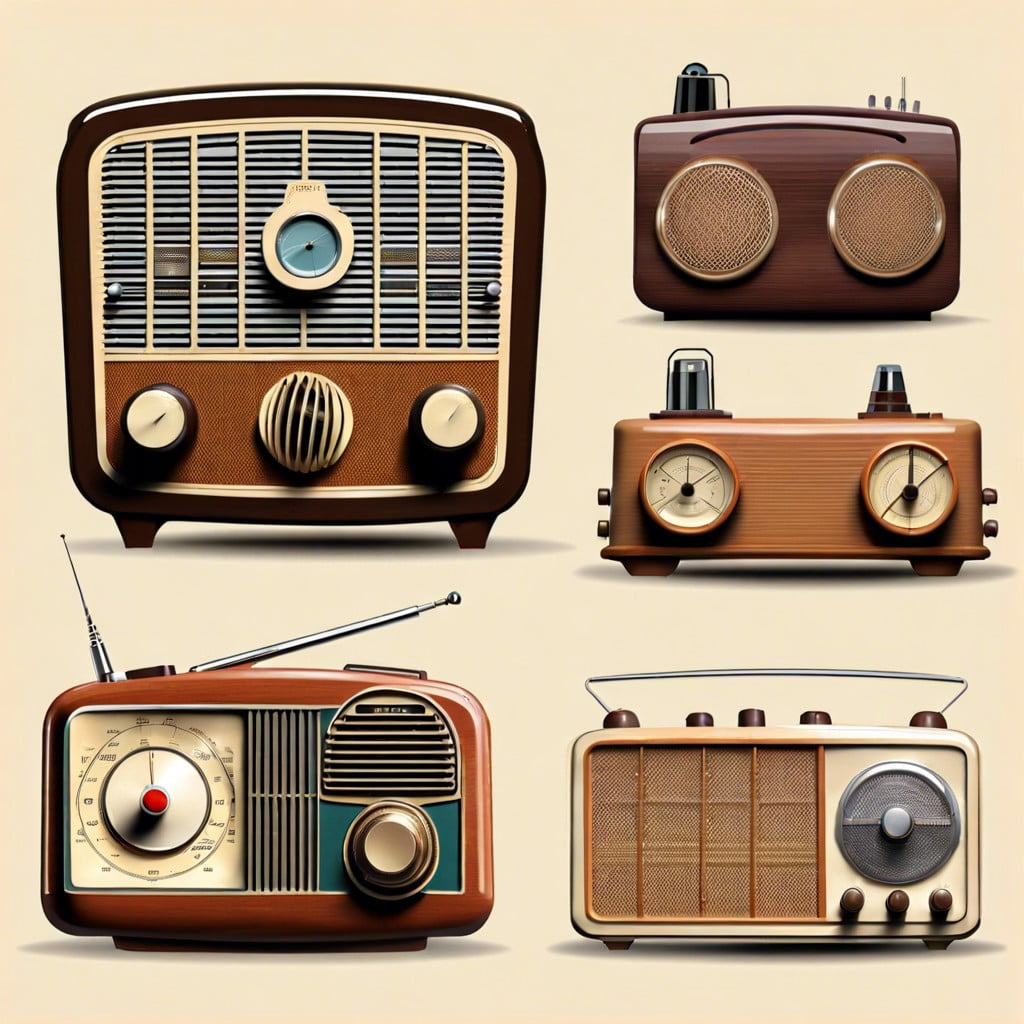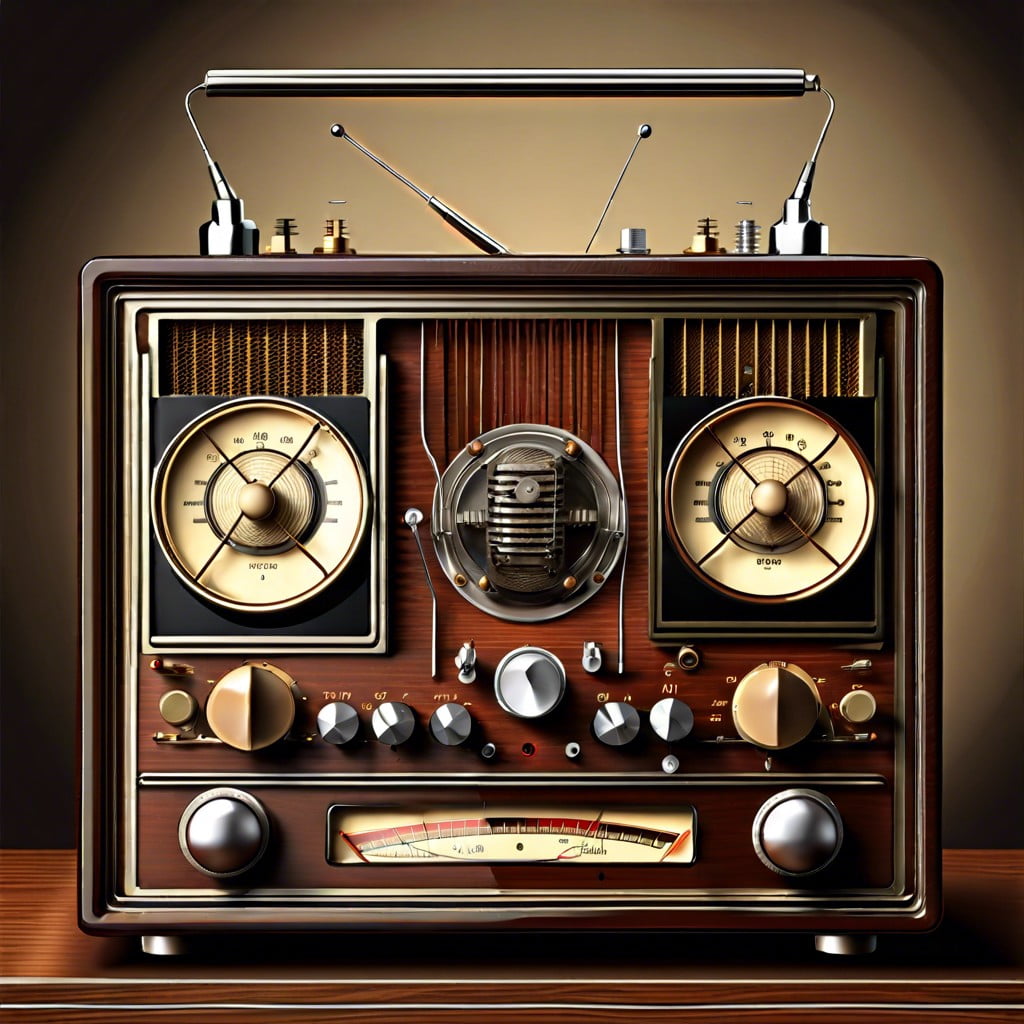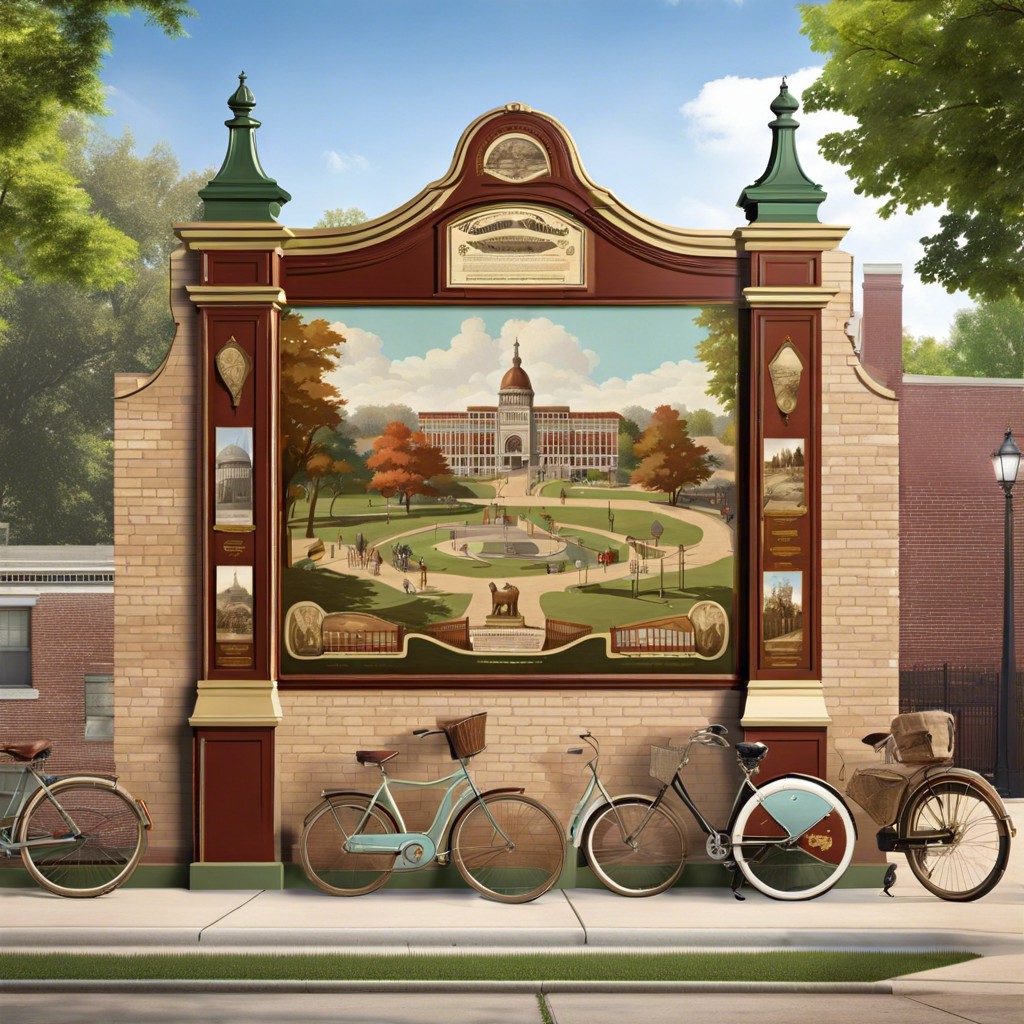Last updated on
Discover the charm and history behind old radios, including how they worked and why they remain popular among collectors today.
Key takeaways:
- Old radios evolved with technology, from hefty wooden boxes to portable plastic devices with digital interfaces.
- Understanding the functional components of vintage radios reveals the fundamentals of radio technology.
- Restoring a radio requires ethical considerations, balancing preservation with maintaining historical integrity.
- Old radios played a significant role in shaping society, acting as communal hearths and fostering broadcasting and cultural revolutions.
- Vintage radios have seen a resurgence of interest due to their aesthetic beauty, craftsmanship, engaging pastimes, and analog sound.
Evolution of Radio Design

Early radios were hefty, wooden boxes with dials and cloth-covered speakers. They echoed the era’s craftsmanship, often becoming the living room’s focal point. As the 20th century progressed, design followed technology’s march.
Portability became possible with the advent of transistors in the 1950s. Radios shrank, their cases transitioning from wood to plastic, allowing for vibrant colors and streamlined shapes indicative of the times.
The 1980s saw the integration of digital interfaces and programmable stations. Radios weren’t just for listening anymore; they became multifunctional devices, combining clocks, alarms, and even televisions.
Today, collectors treasure these chronological markers of design. Each piece tells a tale, a historical record of innovation and aesthetic sensibilities, preserved in technology’s evolution.
Functional Components of Vintage Radios

Old radios may seem like relics, but their innards tell a fascinating tale of ingenuity. At their core, these devices consisted of valves, also known as vacuum tubes, which controlled electric signals to amplify sound. Tuners adjusted the frequency, homing in on the desired station with a twist of a knob.
Speakers then took center stage, transforming electric signals into audible sound waves. Power transformers supplied energy to the system, with early models relying on direct current from home lines. Additionally, a capacitor and inductor duo, referred to as the LC circuit, determined the radio’s frequency selectivity and tuning.
These components interconnected in a ballet of physics, engineering a symphony of voices and music from thin air. Despite appearing archaic next to their digital descendants, understanding these components sheds light on the fundamentals of radio technology.
Restoration: Ethical Considerations and Practice
In the world of antiquities, where every scratch tells a story, the decision to restore a radio is not taken lightly. Collectors often grapple with the “patina versus perfection” debate. Patina, the aging that occurs over the years, is cherished by many as a testament to the item’s history and authenticity. Stripping this away could reduce the value of a radio to historians and purists.
Yet, restoration can be vital to preservation. It’s about striking a balance, where the integrity and functionality are maintained without erasing its historical essence. Ethically, non-invasive methods are preferred, and original parts and materials should be used whenever possible. The aim is to halt deterioration, not radically alter the piece.
For instance, replacing worn-out wiring with period-appropriate counterparts maintains safety standards without compromising original design. Similarly, using reversible techniques ensures future collectors or restorers can backtrack on changes if desired. This foresight reflects respect for the radio’s journey and its future descendants in the collectible lineage.
Functionality restoration also poses an ethical conundrum. Some argue that a radio must work to truly capture the essence of its era; others believe the risk of damage is too high. Each decision is made on a case-by-case basis, often relying on the expertise of skilled restorers who understand both the art and the science of these historical gadgets.
In summary, the approach to radio restoration requires deep consideration of the radio’s narrative, the wishes of its custodian, and the irrevocable nature of certain restorative acts. Each step taken with deliberate care honors the radio’s past while securing its future.
Impact On Society and Broadcasting
Old radios played a pivotal role in shaping modern society. They acted as the communal hearth where families gathered to listen to news, music, and entertainment. This era saw the rise of radio stars and serials that became part of daily life, akin to today’s trending podcasts and vloggers.
During wartime, radios were lifelines, delivering updates and keeping morale high. They served as channels for government propaganda, but also as mediums for dissent and resistance, illustrating the duality of their social impact.
The golden age of radio fostered the growth of the broadcasting industry, setting standards for today’s radio, television, and online content. Advertising took root here, with the creation of the first radio commercials, affecting consumer culture profoundly.
Radios also instigated change by bringing diverse music genres into homes, breaking cultural barriers and broadening musical tastes. They inadvertently supported cultural revolutions, from rock ‘n’ roll to civil rights movements.
Finally, the medium drove technological advances in communication, paving the way for the sophisticated, interconnected systems we rely on today. While the radios of the past were limited by range and clarity, they sowed the seeds for the digital age of information.
The Resurgence of Interest in Vintage Radios
The charm of antiquity has seen a wave of enthusiasm for vintage radios. Collectors and enthusiasts alike are drawn to the aesthetic beauty and nostalgia embedded in these devices. They serve as a physical link to the bygone eras of the 20th century, evoking memories and sentimentality.
In addition to their decorative appeal, vintage radios are lauded for their craftsmanship. The durability of these machines astonishes modern technology users accustomed to disposable electronics. Hand-wired circuits and sturdy wood casings demonstrate an era of quality over quantity.
The interest in vintage radios transcends mere aesthetics or durability. Hobbies such as restoring and operating these radios provide an engaging pastime. This pursuit offers a hands-on educational experience, lending insight into early electronic engineering and the history of mass communication.
Furthermore, the analog sound produced by these radios offers an auditory experience that digital technology lacks. Purists argue that the warmth and depth of the sound connect listeners to music and voices in a more profound way.
Finally, vintage radios hold an educational value. They are teaching tools for those interested in the evolution of technology and communication. Enthusiasts can study the progression of electronic design and understand radio’s role in shaping society.




